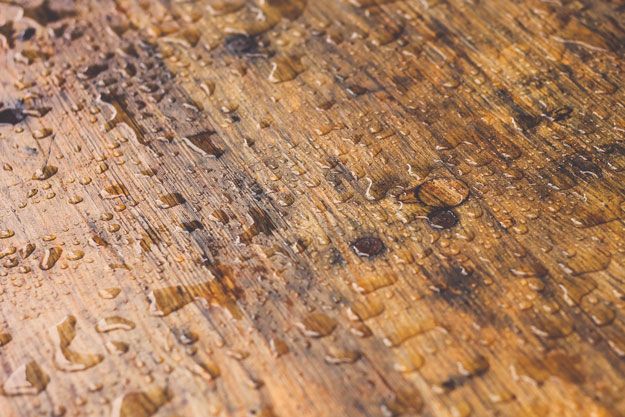To make your table live forever… Proper Wood impregnation

Varnish or oil?
Will the table have no discoloration after spills in the case of oil?
I often encounter the first question connected with a second concern. Our manufactory tends to make natural, ecological finishes, thanks to which the noble, unique appearance of wood is preserved. For the exterior collection we use the Danish exterior oils of the Fiddes brand, for the internal oil collection of the same, leading manufacturer. But I understand that there are different expectations and different needs. Therefore, although in the shop all our furniture is finished with Oejami and oil, we have also made laced countertops at the request of the clients. They are characterized by the fact that we do not require special impregnation from us for a good few years.
What is characterized by oil?
is the countertop sufficiently secured?
Oil fiddes is a mixture of top-class natural oils that penetrate deeply into the structure of wood and waxes that protect its surface. This ensures resistance to spilled fluids and mechanical resistance, as confirmed by the manufacturer Fiddes, the relevant standards. This means that the spread of the juice or the frequent use of the countertop will not adversely affect its appearance.
With proper impregnation, the oil table can live forever and there is no overcharge in this formulation, because the basic feature of our tables with high-grade wood hardness, namely: oak, ash or walnut is its strength. It is true, however, that such countertops require us to engage and proper impregnation.


How often and how to apply oil?
The countertops prepared by us are two times, we overlay the layers on each other in a few days intervals. After such preparation, the table top can be used. We recommend its Impregnation 3 times in the first year of life of the table, and then 2 times a year. It is best to use a brush or cotton cloth to apply oil. The application is made with movements compatible with the wood. After applying the oil, we should leave the table to dry for about 8-12 hours.
Every impregnation is a moment in which we can get rid of the fine scratches. To do this, before, before impregnation, wipe the top with an abrasive sponge with a weight of 150 – 180, and after such a procedure wipe off the swarm of wood dampened with a cloth. The crummy table will be perfectly smooth and velvey to the touch.
.
How to clean the table top?
We clean the wooden table with a damp (not wet) cloth. Wipe the spilled liquids dry.
Advantages of oil
The oil is a natural way of emphasising the beautiful slumber of wood. In particular, ash and walnut are characterized by a rich drawing, which is exposed after impregnation. The oily skin gives a warmer tone, and the touch of the table top is velvey and pleasant.
One of the biggest advantages is their natural, health-safe origin. The oil is certified for use in children’s toys. In addition, the surface is covered with no electrifying, so it does not attract dust.
In contrast to the laced surfaces, it requires a few months of impregnation and ensuring that our wooden table can remain eternally young.


